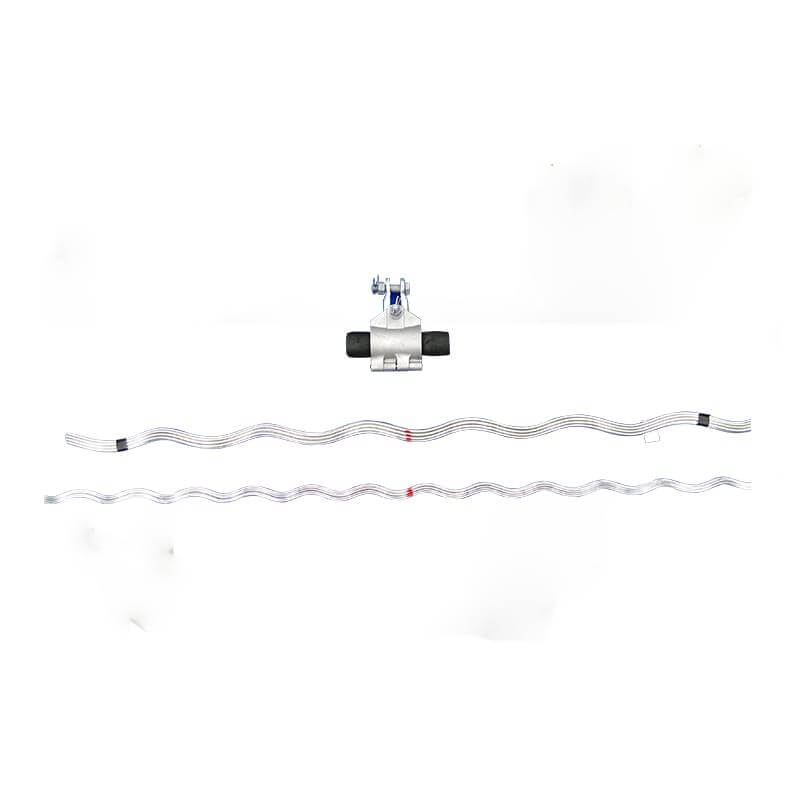- Sales SupportContact Sales
- Call us at: +(86) 15211074652
- Send us a email at: info@zr-fibercable.com
What are the main optical cable gold gear?
Optical cables have revolutionized the telecommunications industry, enabling high-speed data transmission over long distances. These cables are made up of several key components, including the fiber optic core, cladding, coating, and protective outer jacket. However, there are also several additional components and technologies that play a crucial role in the performance and reliability of optical cables. In this article, we will discuss some of the main optical cable gold gear.
Fiber Optic Connectors:
Fiber optic connectors are used to connect optical fibers together to form a continuous transmission path. These connectors are designed to align and join the fiber cores with high precision to minimize signal loss and maximize transmission speed.
There are several different types of fiber optic connectors, including SC (Subscriber Connector), LC (Lucent Connector), and ST (Straight Tip) connectors. Each type has its own unique characteristics and is suited for different applications.
Fusion Splicing:
Fusion splicing is a process of joining two optical fibers together by fusing them with heat. This process creates a continuous and seamless transmission path that minimizes signal loss and maximizes transmission speed.
Fusion splicing is typically used in situations where connectors are not feasible or where a high degree of precision is required, such as in long-distance transmission lines or in submarine cables.
Optical Amplifiers:
Optical amplifiers are used to boost the signal strength of optical cables, enabling high-speed transmission over long distances. These amplifiers use a variety of technologies to amplify the optical signal, including erbium-doped fiber amplifiers (EDFAs), semiconductor optical amplifiers (SOAs), and Raman amplifiers.

Optical amplifiers are typically used in long-distance transmission lines, such as undersea cables and terrestrial trunk lines.
Wavelength-Division Multiplexing (WDM):
Wavelength-division multiplexing is a technology that allows multiple optical signals to be transmitted over a single optical fiber by using different wavelengths of light to carry each signal.
WDM technology is commonly used in long-distance transmission lines and in data centers to increase the capacity and speed of optical networks.
Optical Time-Domain Reflectometry (OTDR):
Optical time-domain reflectometry is a technique used to measure the characteristics of optical cables, including the attenuation, splice loss, and fiber length.
OTDR works by injecting a short pulse of light into the fiber and then measuring the time it takes for the reflected light to return to the source. This data is used to create a profile of the cable's characteristics, which can be used to locate faults or defects.
Optical Cross-Connect (OXC):
An optical cross-connect is a device that enables the routing of optical signals between different fibers or transmission paths. These devices are typically used in high-speed networks to enable dynamic rerouting of traffic in the event of a failure or congestion.
OXC technology can be used to increase the reliability and flexibility of optical networks, allowing for more efficient use of bandwidth and improved service quality.
Optical Power Meters:
Optical power meters are used to measure the power of optical signals in optical fibers. These devices are used to ensure that the signal is at the appropriate level for proper transmission and to diagnose issues with signal loss or attenuation.
Optical power meters are commonly used in the installation and maintenance of optical cables, and are an essential tool for ensuring the reliability and performance of optical networks.
In conclusion, the main optical cable gold gear include fiber optic connectors, fusion splicing, optical amplifiers, wavelength-division multiplexing, optical time-domain reflectometry, optical cross-connects, and optical power meters. These technologies are essential for the performance and reliability of optical networks, and are constantly evolving to meet the increasing demands of modern telecommunications.
You might be interested in
We use cookies to ensure that we give you the best experience on our website. By clicking on "Accept" or continuing to use this site, you agree to our use of cookies in accordance with our Cookie Policy .You can refuse the use of cookies here.
Accept

